- Elijah Bryant's Consistency Club
- Posts
- Why We Lose the Joy in Youth Sports
Why We Lose the Joy in Youth Sports
The Unspoken Truth
Today’s Playbook
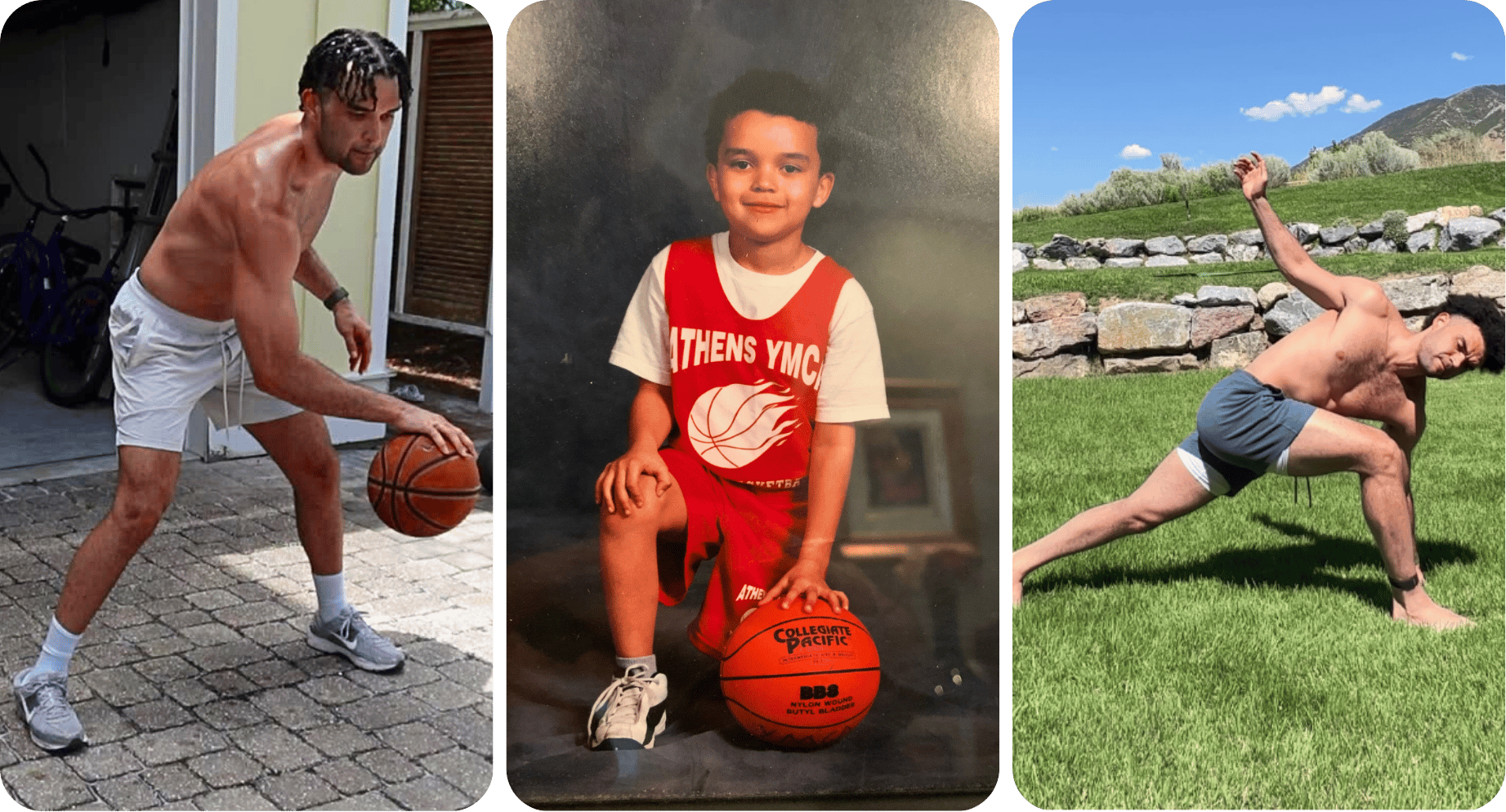
Hey guys, we’re just about halfway through the offseason, and I’ve been taking this time to rest up and enjoy some quality time with my family.
A few days ago, I kicked off my offseason training, easing back into workouts and getting my body sharp again. With the Euroleague schedule for next season already out, the focus is starting to shift toward what’s coming. Stay tuned, big things ahead!
Here are a few thoughts I’ve had lately that I wanted to share with you:
🏀 Let the Kids Play: The Forgotten Purpose of Youth Athletics
🌱 Grounding & Barefoot Training for Athletes
▶️ YouTube → How I Prepare for a BRUTAL Euroleague Season
🏀Let the Kids Play: The Forgotten Purpose of Youth Athletics
One of the things I’ve been doing this offseason is binge-watching every episode of the LeBron and Nash Show on YouTube. They’ve had some incredible guests on, and when Luka came on, they got into a really interesting conversation about how young basketball players today are dealing with way too much pressure at an early age.
Seeing basketball legends like Luka Doncic and LeBron James address the concerning trend of kids quitting youth sports by age 13 is truly incredible and inspiring. Their insights, rooted in their own experiences, shed light on a crucial issue: the joy is being pushed out of the game. As a basketball player myself and a father raising two young children, I believe this is a conversation that needs to reach every young athlete, and perhaps more importantly, every parent.
The Pure Love of the Game
Both Luka and LeBron emphasized how their love for basketball stemmed from informal play on playgrounds, in streets, and simply being outside. They weren't immediately thrown into highly structured, year-round programs. Luka recounted being a ball boy and shooting hoops whenever he could, while LeBron highlighted playing a multitude of sports and just wanting to "exert as much energy as possible till the lights came on." This informal play, driven by an intrinsic desire to play, is where the pure joy of the game is cultivated.
It's a stark contrast to the modern youth sports landscape, especially in the United States, which has become heavily commercialized. Parents are sold the dream of their child becoming a star, leading to early specialization, and year-round commitments. This intense focus on a single sport, often from a very young age, leads to burnout rather than development.
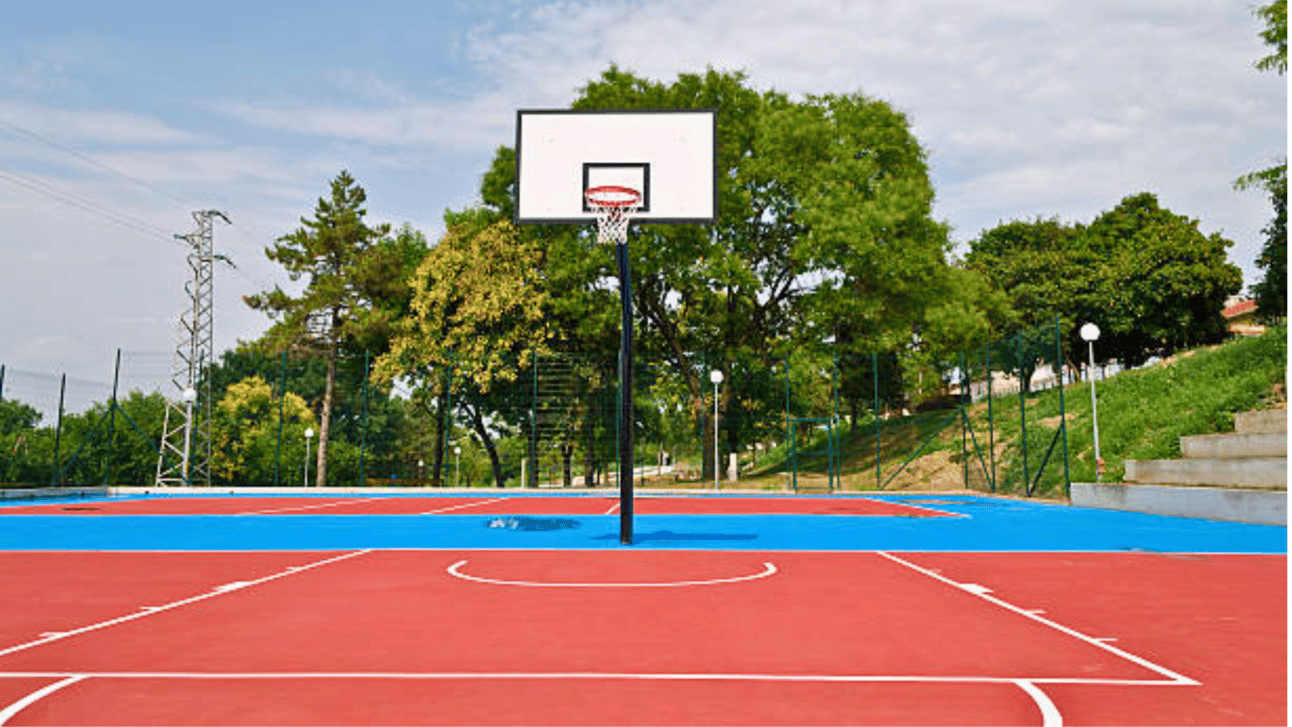
The Importance of Informal Play and Mistakes
One of the most profound takeaways from their discussion is the role of informal play in fostering creativity and learning. On the playground, kids are free to experiment, make mistakes, and develop their own unique skills without the constant pressure of a coach telling them what to do. Luka noted that he didn't have a basketball trainer until his second or third year in the NBA, and LeBron spoke about "33" or "21" games where he learned to dribble around multiple defenders. This trial and error approach, without the fear of judgment, is vital for true growth and enjoyment.
When sports become overly programmed, this essential element is lost. Kids are put through drills with cones, expected to execute specific moves, and are often discouraged from trying new things. This stifles creativity and, ultimately, diminishes the joy.
The Bigger Picture: Beyond the Court
This isn't just about becoming a better basketball player; it's about becoming a better person. When the joy is paramount, and the pressure is minimized, kids feel free. They're more likely to develop a genuine passion for the game, which translates into dedication, resilience, and a willingness to learn. This foundation of joy and freedom, whether playing on a local court with friends or at the highest professional level, is what sustains a long and healthy relationship with the sport.
The takeaway here is significant: it takes time to understand this, but when you do, you're going to feel free and be a better basketball player, a better teammate, and a better person in general. It's about remembering why we started playing in the first place, for the fun of it. As a basketball player, I've seen firsthand how the pressure can crush the spirit, but I've also witnessed the incredible things that happen when players are allowed to simply love the game.
And remember Faith + Consistency™. That’s the formula.
🌱Grounding & Barefoot Training for Athletes
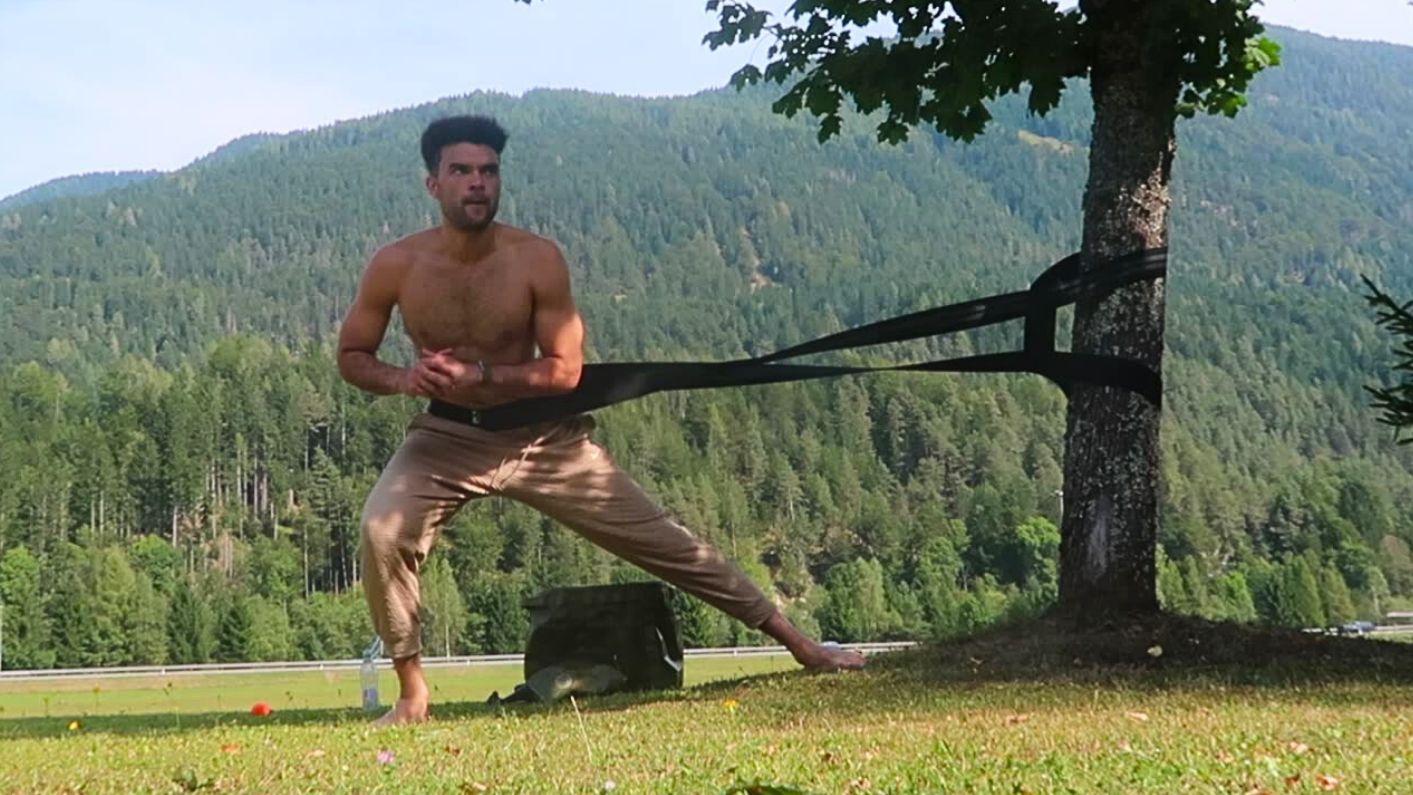
As athletes, we focus a lot on training, nutrition, and sleep, but sometimes the most powerful tools for recovery and performance are the simplest, especially during the Offseason. Today’s topic is something I personally use all summer long, and it’s had a huge impact on my rest, recovery, and mental clarity:
Grounding (or "Earthing") + Barefoot Movement
What Is Grounding?
Grounding is the practice of walking or standing barefoot on natural surfaces like grass, sand, dirt, or even stone. The idea is that direct contact with the Earth.
@elijah.bryant3 Grounding, or walking barefoot on natural surfaces, can help basketball players by: 1. Reducing inflammation for faster muscle recovery. ... See more
Post-Workout Grounding Routine (10–20 Minutes)
For me, grounding isn’t just something I do once in a while, it’s become a natural part of my cool-down routine, especially in the summer. After a workout or practice, I try to head outside as often as possible, even if it’s just in my backyard or a nearby park.
Here’s a simple routine I follow to get the most out of grounding and barefoot movement:
1. Barefoot Cool-Down Walk (3–5 min)
Take off your shoes and walk slowly on grass, sand, or dirt. Breathe deeply, relax your shoulders, and just tune into your body.
2. Grounded Mobility Flow (5–8 min)
Deep Squat Hold (1–2 min)
Forward Fold (1 min)
Seated Hamstring Stretch (1 min each leg)
Cat-Cow or Downward Dog (1–2 min)
Ankle Rolls & Toe Spreads
3. Breathwork or Stillness (5–10 min)
Sit or lie barefoot directly on the ground. Close your eyes and focus on your breath.
Try box breathing (Inhale 4 sec, Hold 4 sec, Exhale 4 sec, Hold 4 sec).
This helps bring your nervous system into parasympathetic mode, perfect for deep recovery.
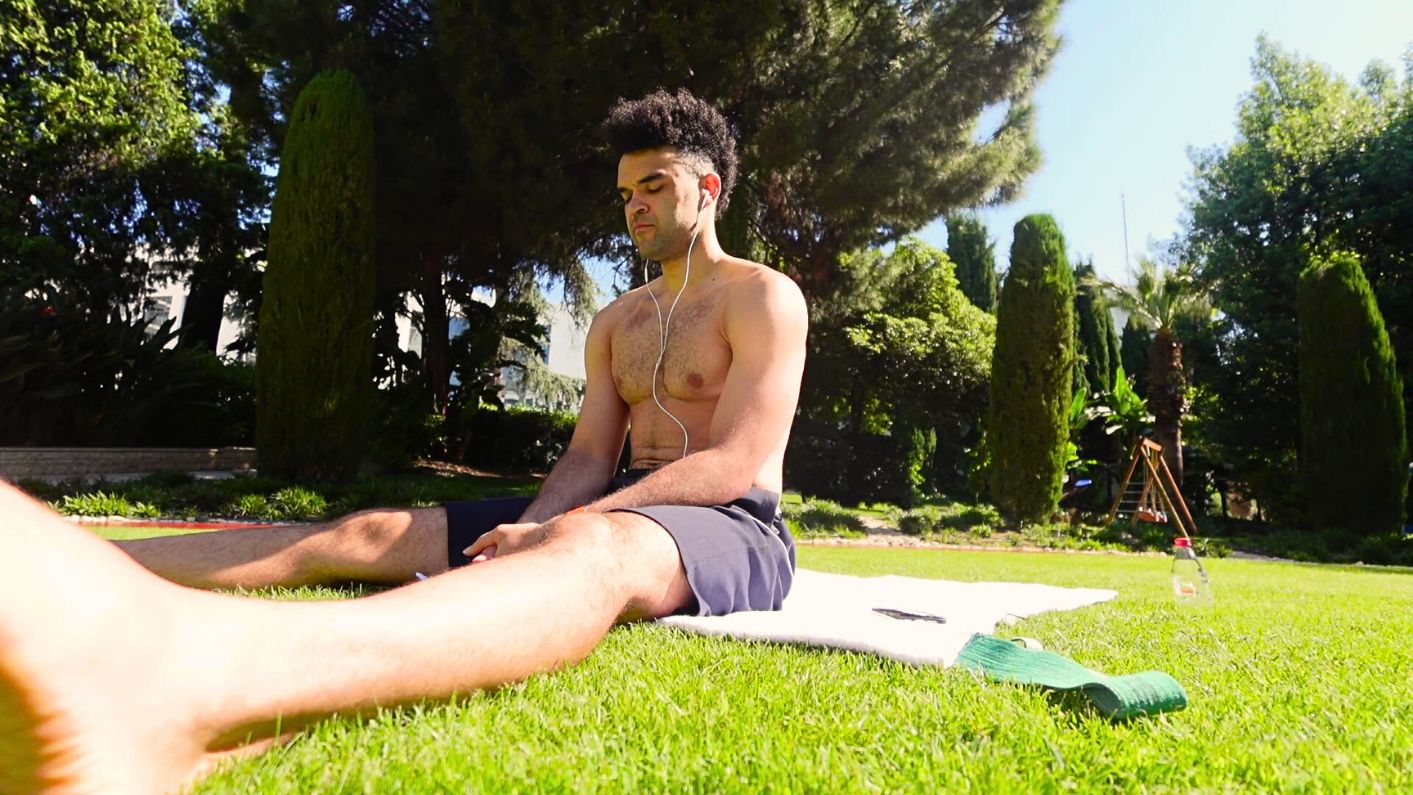
Summer is the Best Time to Start & My Takeaway
In the warmer months, it’s easier to get outside barefoot. Whether you're at the beach, at a park, or just in your backyard, grounding fits right into your day. You don’t need a gym or gear, just nature and intention.
Grounding might seem basic, but for me, it’s a powerful recovery tool that helps me feel more relaxed, connected, and focused, both physically and mentally. Especially when paired with barefoot mobility work and breathwork, it becomes a full recovery ritual that supports longevity and athletic performance.
Try it after your next workout, your body (and mind) will thank you.
Here’s the link, as always, to my full list of guides, available to you as a part of the Playbook Community! Playbook Guides (Workouts, Pro Tips, Mobility Guides, Recovery info, etc)
▶YouTube Journey
After 7 pro seasons, I’ve learned this: the offseason is everything.
In this video, I break down my full summer routine, including recovery, skills, mindset, and structure, as well as the approach I use to come back stronger every year.
Whether you're chasing minutes, a contract, or just levelling up, this will help.
Thank you for grabbing your Playbook 🙏
If you have comments, questions, or suggestions, PLEASE respond to the newsletter about anything. I want to hear from you and I promise, I read every response. My goal is to continue making a great Playbook and building a great community where we all get better together. And you’re a part of that journey!
Let’s Build Confidence + Consistency™, on and off the court!
Elijah
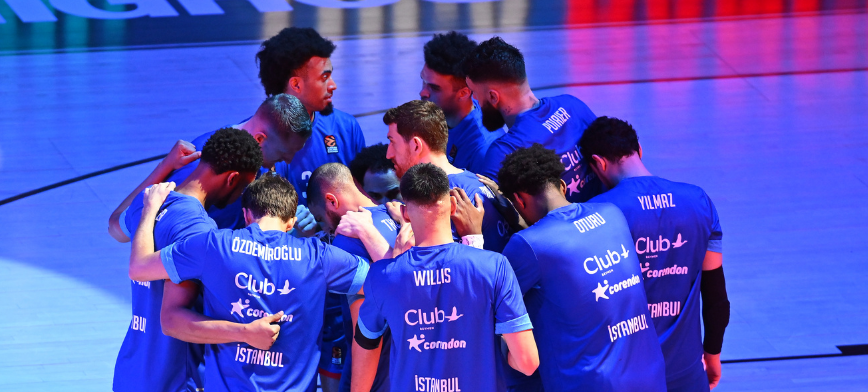
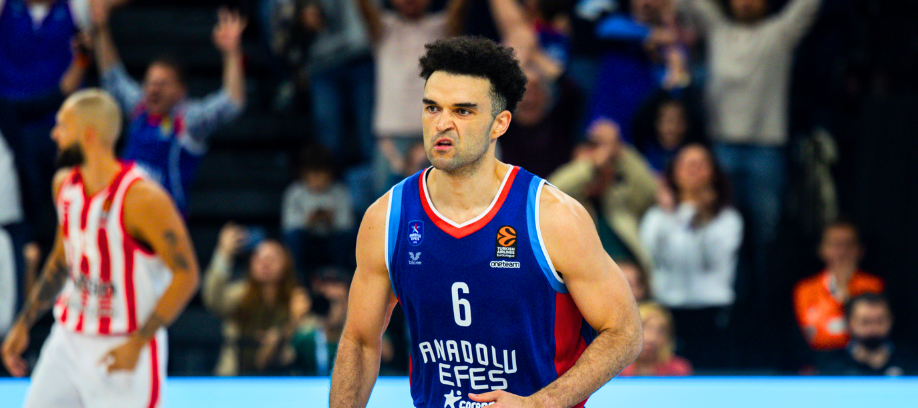
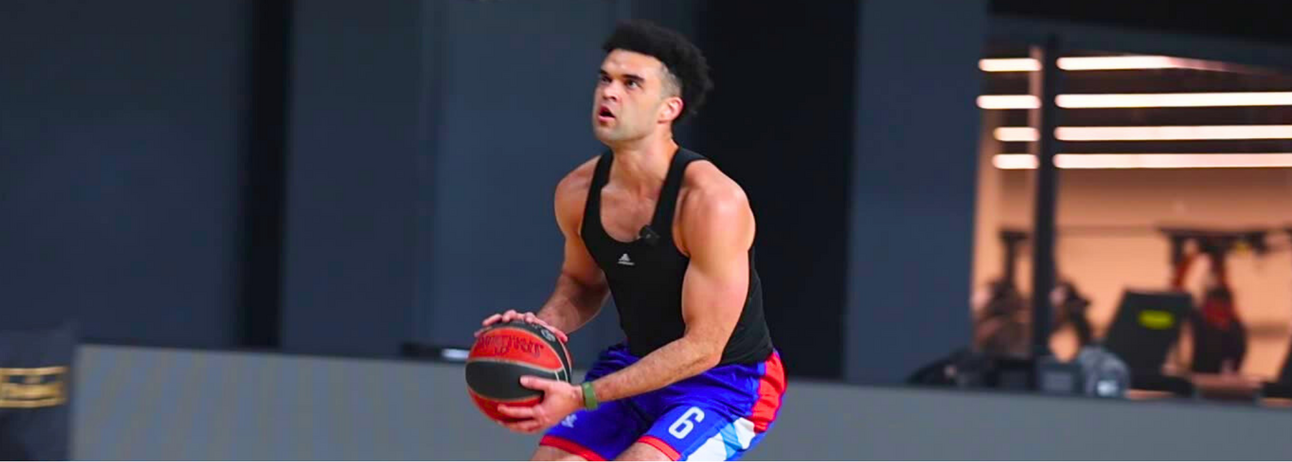
Reply